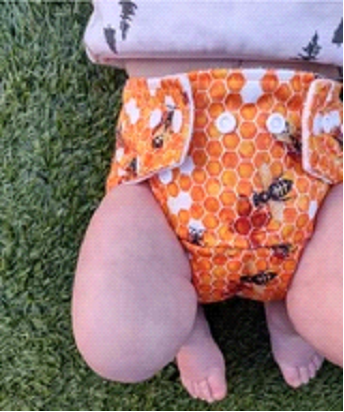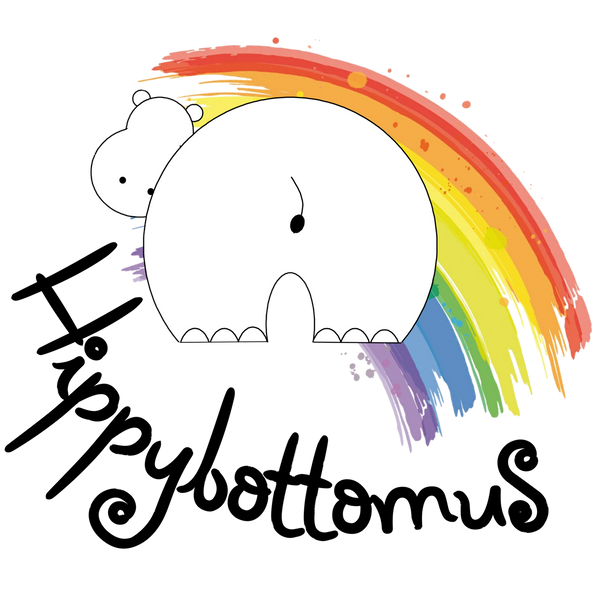
Modern Cloth Nappies - What you need to know
Share
Cloth nappies have always been around since our grandma’s times except that modern cloth nappies have come back with a lot more appeal and easy to use features.
Though it may seem a bit cumbersome and tiring in the initial days of cloth diapering especially if you have been using disposable diapers, you may feel tempted to go back to it. But trust me, all you need is a bit of knowledge on how to use them and which ones to use, and some patience and you’ll be doing fine and loving it! Thanks to the tush covering technology that they have been manufactured with, they are comfortable, look good and are very affordable.

Modern cloth nappies VS disposable diapers
Brands like Hippybottomus offer a variety of designs and sizes to pick from. If changed regularly, you can minimize chaffing and diaper rash to a great extent. You may have to put aside some time for cleaning and sanitizing the nappies. But remember that – over a period of time, it will be more economical to use them.
Good for your baby
Disposable diapers contain harmful chemicals. These chemicals can irritate baby’s skin, causing diaper rash. Dioxin, a by-product of bleaching, is listed by the EPA as the most toxic carcinogen. Disposables also contain Tributyl-tin (TBT) which is a chemical known to cause hormonal problems in humans and animals.
Unlike that, modern cloth nappies are free from chemicals and are soft on your baby’s skin.
Good for the environment
Did you know that disposable nappies generate sixty times more solid waste and use twenty times more raw materials to make than cloth diapers do? Also, it is estimated that it takes between 250 and 500 years for a single disposable diaper to break down in a landfill. On the contrary, cloth diapers can be used over and over for many years and eventually even when they land up in the landfill, they are degraded in a period of five months. It is also possible to compost cloth nappies if they are made from 100% natural fiber.
Good for your pocket
There is no doubt that cloth diapering saves you lots of money. According to a survey, you are saving anywhere between 43% and 85% of the price of disposables.
Newborn modern cloth nappies do not require safety pins or plastic covers unlike the traditional ones. In fact, there are a variety of cloth nappy products that you can choose from.
Stay dry bamboo cloth nappies – these are fitted diapers with natural bamboo charcoal fleece against the skin and an insert made of absorbent materials. They come in a one size that fit most design. They are also made of a polyester outer with 100% waterproof PUL, so no need for additional covers!
Bamboo inserts – made of bamboo charcoal fleece over 3 layers of microfiber. They can be double or tripled up and used to prevent overnight leakages.
Swim nappies – that are made with excellent materials and comfortable on your baby’s skin. They dry up fast when your little ones are playing at the beach or water.
How many nappies will you need?
It has been found that on an average, newborns need 10-12 nappies per day. Infants use 8-10 diapers per day and older babies and toddlers use 6-8 diapers per day. Normally a stash of 24 will be enough to rotate, but some people like to get up to 36.
We recommend starting with a small trial pack that contains stay dry bamboo cloth nappies, bamboo inserts and a small zipper bag. You can test the waters with the same and go for the bigger packs once settled.

Do you wish to have more information about cloth nappies? Please visit our social media pages and FAQ sections of our website for lots more information!

